By Steven T. Zech for Denver Dialogues

Peru has a long history of civilians providing for their own security when the state is either unwilling or unable to protect its citizens. Remote communities in the Cajamarca region mobilized rondas campesinas to confront cattle thieves in the 1970s. In the 1980s, rural populations organized civilian self-defense forces to fight an increasingly abusive Sendero Luminoso (Shining Path) insurgency that emerged in the Ayacucho region of Peru. Many communities responded to threats on their own initiative, organizing and arming themselves with spears, knives, and slings to combat well-armed Sendero militants. The state security forces later stepped in to coordinate with, to assist, or to coopt these groups. In some cases, the state forced communities to organize and eventually distributed thousands of Winchester and Mossberg shotguns to the civilian population. The conflict spanned nearly two decades and resulted in an estimated 70,000 deaths. Sendero Luminoso’s revolutionary campaign, along with a heavy-handed state counterinsurgency, led to widespread civilian victimization, human rights abuses, torture, and disappearances. Civilian self-defense forces proved crucial in Sendero’s eventual defeat in the 1990s and helped to minimize further civilian victimization. Community self-defense forces continue to play an important role in confronting contemporary security challenges in Peru. What are the primary security challenges that communities face today? How have communities responded to these challenges? And what does the future of civilian self-defense look like in Peru?
Contemporary Threats and Civilian Self-Defense in Ayacucho
The Sierras
During fieldwork in the Ayacucho region of Peru between 2011 and 2015, I visited several dozen communities to speak with residents and active self-defense force participants about the past, present, and future of these organizations. Terrorism remains a concern in only a limited number of communities. Most interview subjects agreed that delinquency, widespread crime, and insecurity tied to the illicit drug economy constitute the greatest contemporary threats. The state has a limited presence in remote regions of Ayacucho. Vast geographic space, limited accessibility, and insufficient resources hinder state efforts to provide adequate security. As a result, almost all rural communities in Ayacucho have self-defense forces to fill gaps in local security provision, although their origins, evolution, and function differ case by case.
For example, the Luricocha civilian self-defense force currently coordinates with nine neighboring communities to prevent armed robberies along the road leading from the mountains down into the jungle. Over the span of three years I observed their changing strategies to combat armed bandits. During my first trips to the region, small contingents of civilians armed with 12-gauge shotguns patrolled in the night and set up makeshift checkpoints to deter thieves who would prey on trucks and transport vans. Along the dirt highway, they stopped vehicles en route to the jungle to log vehicle license plates and review drivers’ documents. Over the last couple of years, the Luricocha civilian self-defense force strengthened its ties to the military and established a permanent checkpoint manned by armed civilian volunteers. The municipal government in the provincial capital of Huanta provides a modest monthly stipend and the group asks for a “tip” from automobiles that pass through the checkpoint to help offset the cost to participants that spend a month providing security instead of working on their farms. I visited one of Luricocha’s self-defense force leaders last week who informed me that they had increased the frequency of patrols after attacks on several cars in December 2014. There have been no further assaults on cars in their area this year, suggesting the new strategy has been effective.
Other communities in the Ayacucho sierras organize patrols, control access to their communities after dark, and remain on alert to respond to a variety of emerging security threats. In Santillana, a central directive committee coordinates with several dozen communities to deter crime. They largely respond to immediate security threats, especially armed robberies. During an interview last week, the district self-defense force president shook her head and lamented, “These criminals are invading and killing again. They stop you and take everything, down to your socks. If you object, they kill you. I’ve been threatened and we’re at risk, especially the leaders. They’d kill you for 10 soles (~$3.50). They could be worse than the terrorists…” Although there is a counter-narcotics police special operations base located in Santillana (DINOES), they do not help with the crime. Civilians must take care of themselves.
In Putis, the largest of ten remote communities farther up in the mountains from Santillana, civilians confront their own security challenges tied to crime and a small number of Sendero Luminoso militants. However, unlike communities closer to the district capital, self-defense forces here have neither the weapons nor the necessary communication capacity to call for assistance. Residents of Putis resettled the community in 1997, years after abandoning their homes following a massacre in 1984 where the armed forces killed over one hundred peasants and buried them in mass graves. Self-defense forces in Putis received shotguns from the state when they resettled in 1997, but remnants of the Sendero insurgency quickly stole the shotguns from the community and today residents protect themselves with only spears, slings, and other homemade weapons. Last week the current Putis self-defense force president explained to me, “Telephone lines and cellular signals do not reach the community. We are all alone.” There is no military or police presence. When a community near Putis comes under threat, residents send a rider on horseback like some sort of modern-day Paul Revere to provide warning and to request assistance from their neighbors.
The Jungle Region
The Sendero Luminoso insurgency continues to threaten only a handful of communities in extremely isolated parts of Ayacucho. A handful of Sendero columns maintain territorial control and operate training bases in remote jungle regions of the Apurimac, Ene, and Mantaro River Valleys (the VRAEM). In the aftermath of the conflict, many communities in the VRAEM simply transitioned from a counterinsurgency campaign to a militarized counter-narcotics campaign. The VRAEM is one of the largest regions of illegal coca cultivation and cocaine production in the world. In some cases in the VRAEM, the remnants of Sendero Luminoso constitute a mercenary force that protects the drug trade and keeps eradication and interdiction efforts at bay.
I spoke to several self-defense force leaders from larger communities in the VRAEM and they suggested that their groups largely abstain from any intervention into matters involving the illegal drug economy. They focus on crime and local conflict resolution. Except for those seen as threats to the illicit drug economy, the VRAEM is a relatively safe place. An extensive surveillance system quickly identifies outsiders, which helps to minimize any sort of behavior that would threaten community security or generate obstacles for a strong coca economy that so many in the region depend on to earn a living. During visits to the VRAEM news of my presence travels fast, with many residents assuming that I am there to gather intelligence. I was warned not to take photographs of the coca crops.
Self-defense forces do not stand in opposition to those involved in the illegal coca economy, though they certainly should not be seen as their allies. Most families have ties to the illicit economy in a region highly dependent on coca production. Furthermore, taking a strong opposing stance carries great risk. For example, in a remote community located in the Anchihuay district that claims not to grow illegal coca, one self-defense force leader had to renounce his position because of his perceived criticism of Sendero Luminoso militants and the drug economy. He described how forty-five militants came to his home in 2014 and took him away. They carried better weapons than the military and still talked about politics. Fortunately, the Sendero militants released him with a warning. The former leader explained to me, “They’ve always hated [the self-defense forces]. They also left another leader a threatening letter. They told me, ‘You’re working against us and you’ve been warned.’” Self-defense force participants must remain careful not to meddle in certain issues.
The Future of Civilian Self-Defense in Ayacucho
Following the drastic decline in insurgent violence in the 1990s, civilian self-defense forces simply became an additional source of local political authority, especially for more remote communities. The armed civilian groups fill different roles in mountain and jungle communities and contend with distinct security challenges. Many community self-defense forces in the sierras of Ayacucho, especially those closest to provincial and district capitals, do not actively patrol or provide security. They only mobilize in response to threats as they develop. For example, the self-defense forces in Maynay and Villa Florida near Huanta might mobilize only if a resident were to raise alarm about theft of animals or a robbery in progress. Other villages in the region continue to actively solicit additional support from the armed forces at the Castro Pampa military base, and civilians will continue to play an important role in confronting contemporary security challenges. These groups have also become increasingly involved in politics as they make collective demands on the state to recognize their role in previous pacification efforts. Self-defense forces want the state to provide reparations and benefits promised to them during the truth and reconciliation process and many want additional material support for their current efforts (e.g. weapons, transportation, uniforms, and insurance).
Recent developments in the VRAEM will certainly bring the topic of civilian self-defense to the forefront of political debate in Peru, especially about the jungle region. There are over five hundred active self-defense forces in the jungle communities throughout the VRAEM, and in May 2015 the Ministry of Defense sent letters to the leadership of these organizations. Members of the central committee in Santa Rosa showed me a letter from the Peruvian state informing the organizations about plans for their deactivation. Leaders expressed their concerns to me about disarming and demobilizing the self-defense forces: “It’s not like before, terrorism is gone except in a few places. But, we still need our weapons. It’s about prevention, we need to be prepared.” The specter of widespread victimization still haunts their communities. Civilians will not voluntarily relinquish their weapons while they still perceive the potential for murder, assault, and theft, which they believe remain under control only through their own organizations’ efforts.
Furthermore, and more importantly, they see ulterior motives behind the state’s request to disarm and deactivate civilian self-defense forces. Residents in the VRAEM wonder why the government would deactivate groups in their communities but not up in the sierras. They suspect that the decision to take away their weapons coincides with plans to intensify coca eradication efforts in their communities. This threatens everyone’s livelihood. Residents throughout the VRAEM will be meeting to discuss how they should respond to the state demands. In my research on civilian self-defense force mobilization during the 1980s and 1990s, I found that how communities interpreted events and defined their relationships with other important collective actors affected how civilians responded to security challenges. Whether their fears about the state are justified or not is inconsequential. One can already observe increased civilian distance and distrust based on these new state demands.
The Peruvian state must proceed carefully unless it wants to generate additional tensions with influential local actors. An important fact about civilian self-defense forces in rural communities is that almost everyone participates. Although each community has a central committee of seven members, the entirety of the community from age 18 to 60 also participates. The community capacity to mobilize in opposition to state demands to disarm is enormous if they decide to resist. Fortunately, at this time, local leadership remains dedicated to the idea of dialog. However, if the discussion proves unfruitful, they will likely proceed with mass marches and strikes, which could paralyze the region. The local population has no interest in popular armed revolt, though the state should recognize the possibility of strained relations and the likelihood of escalating confrontations—as observed in other parts of Peru where the population has opposed mining and energy projects. I hope that the Peruvian state has learned from its recent missteps elsewhere in addressing popular demands. The Peruvian government and state security forces must not push the issue in the VRAEM and alienate what could be their most useful ally in achieving better security in a traditionally marginalized and conflict-prone region of Peru.

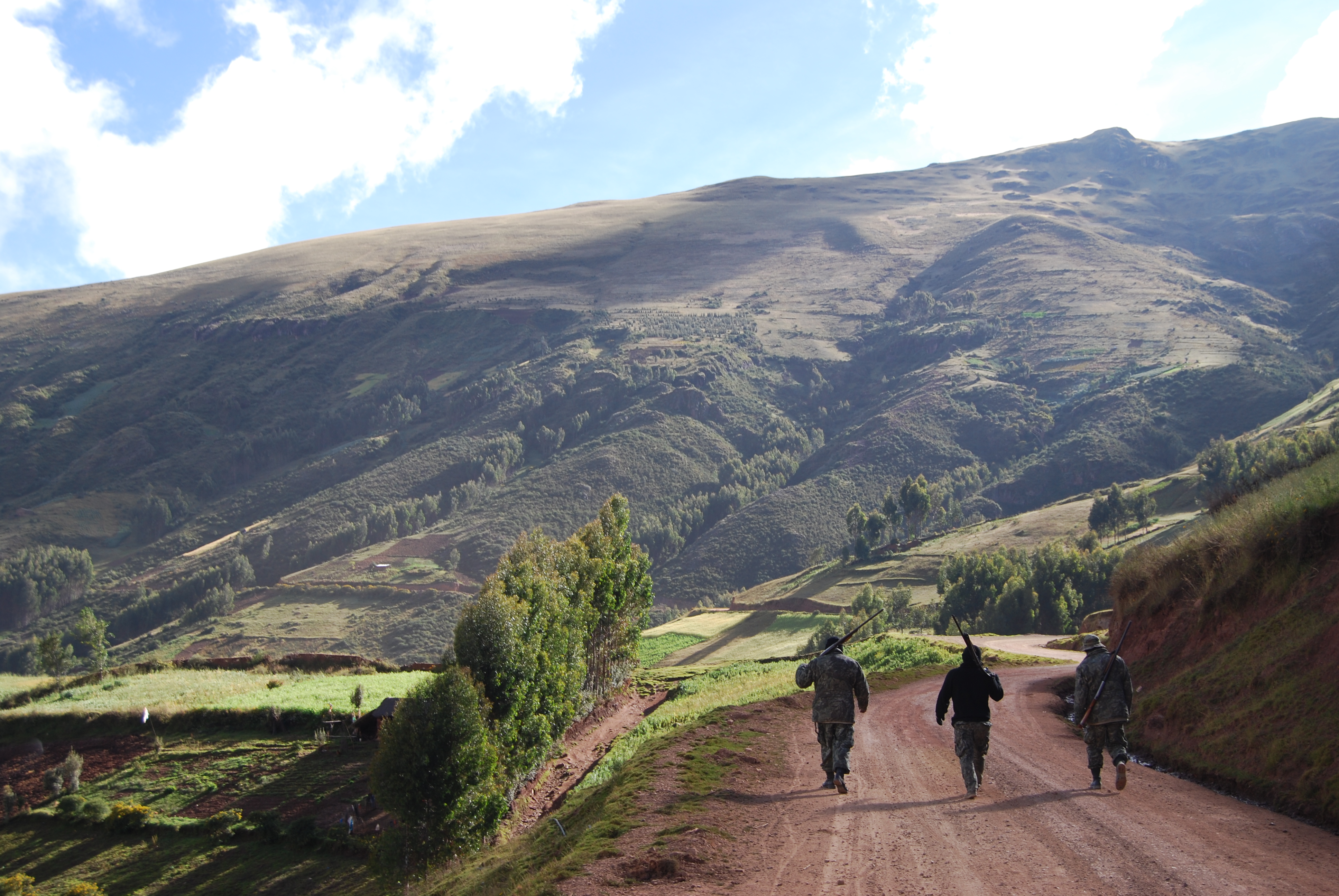
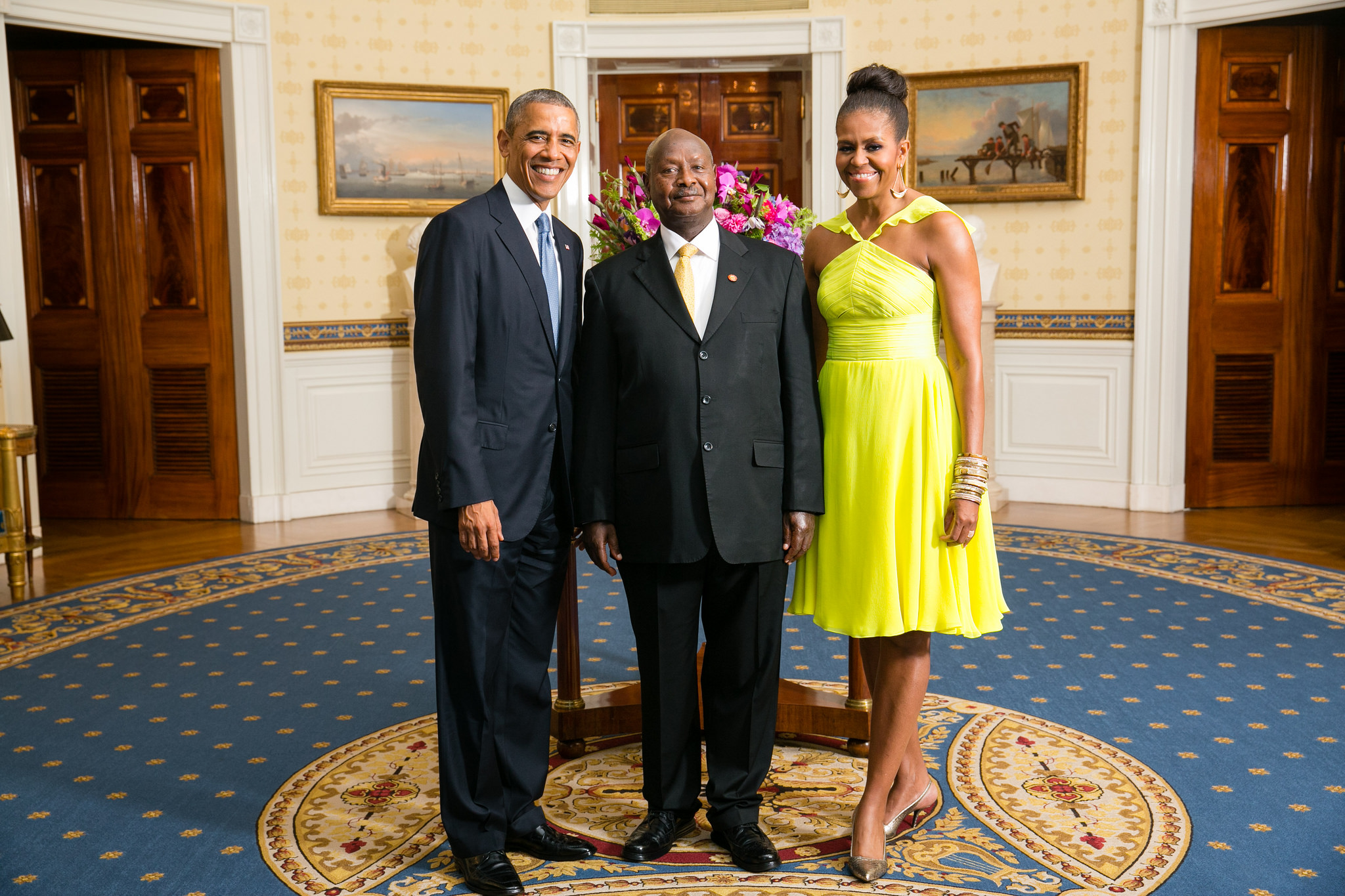
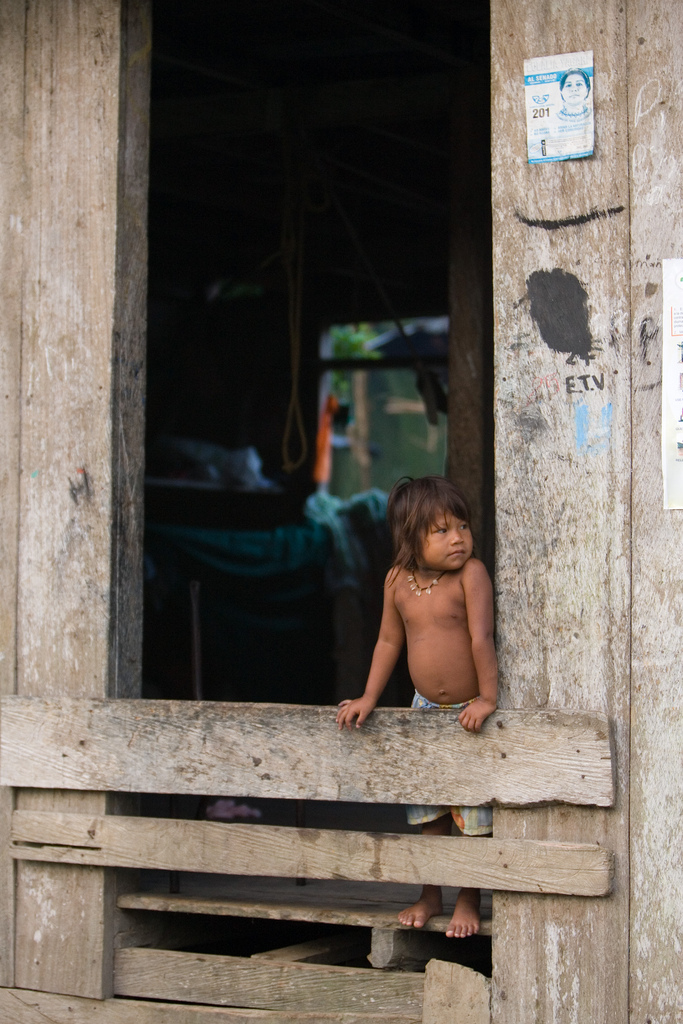

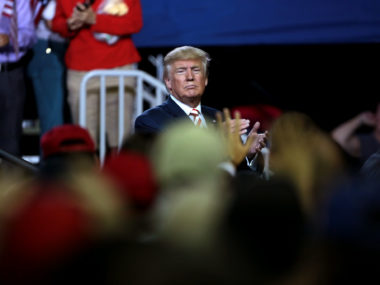

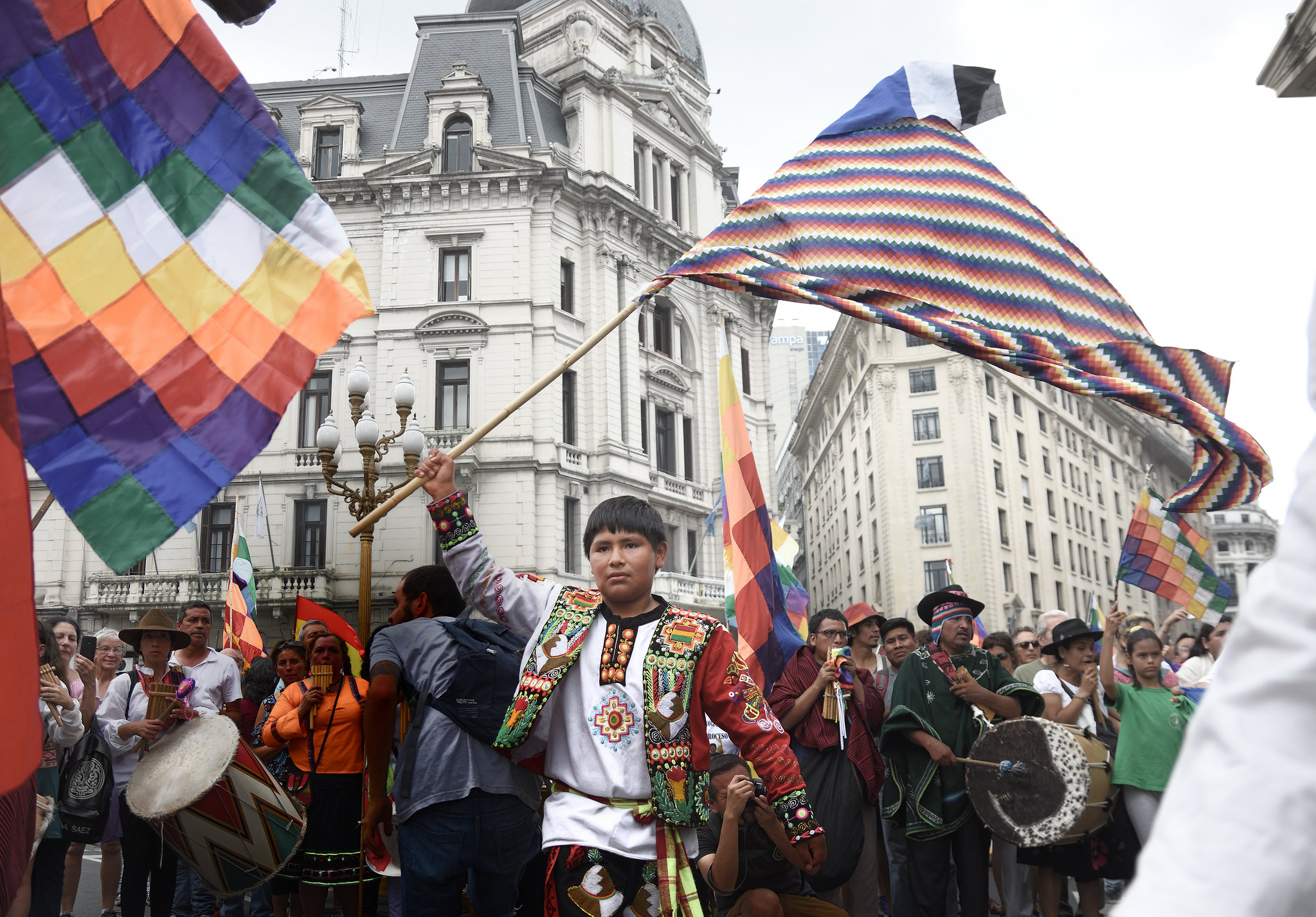
6 comments